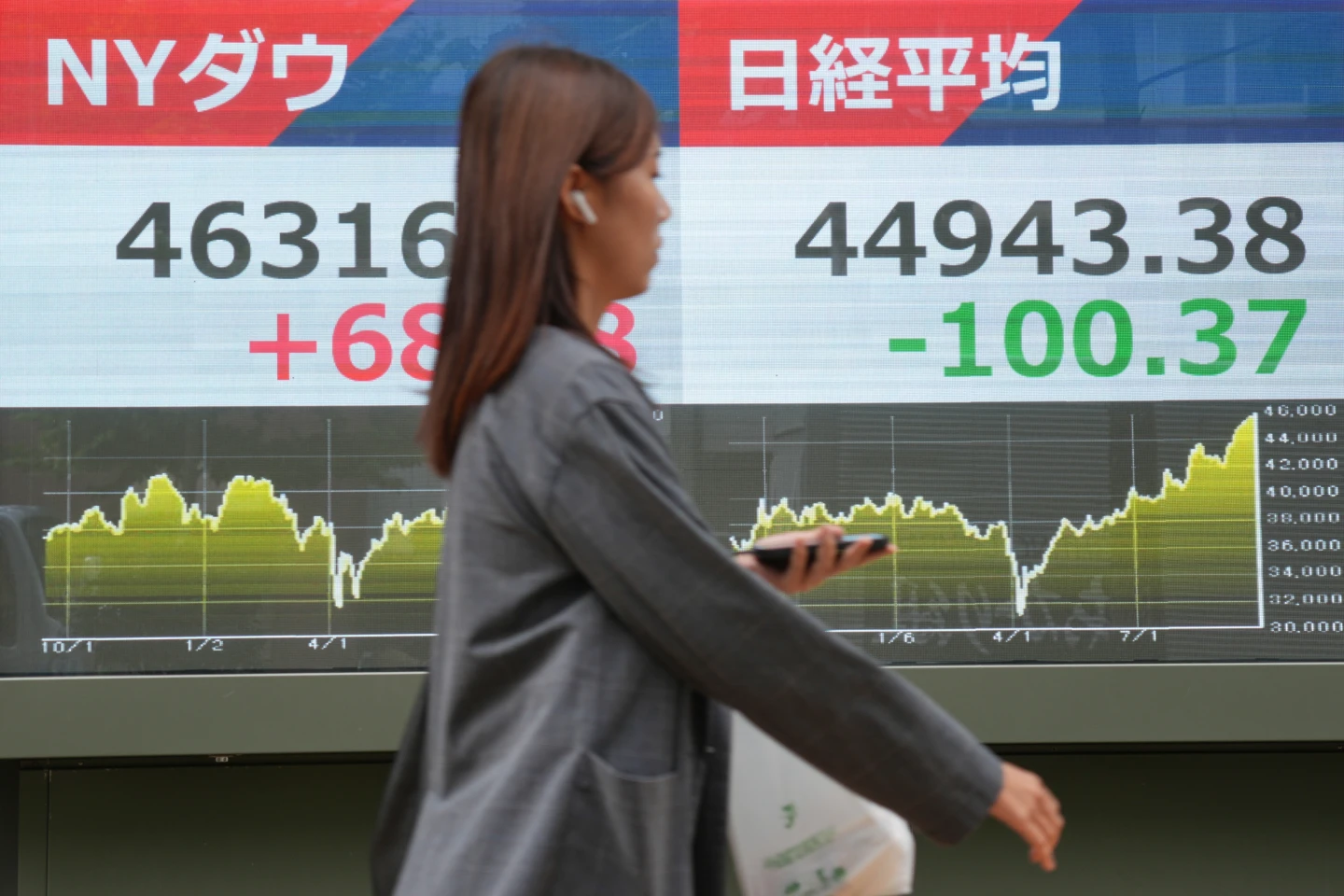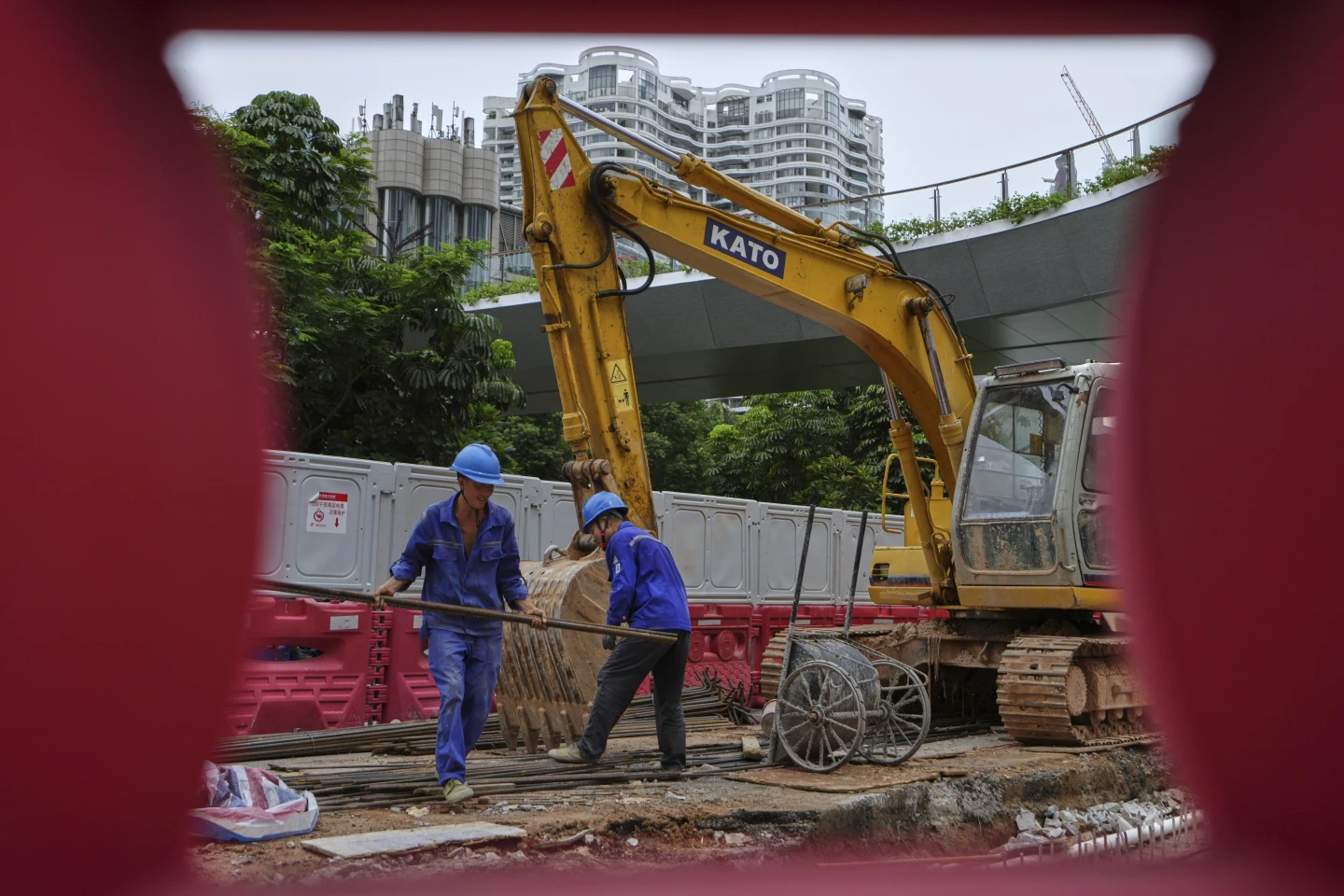Japan’s Industrial Confidence Grows Amid Trade Tensions and Tariff Uncertainty
Despite renewed concerns over U.S. tariff threats under former President Donald Trump’s policies, Japanese manufacturers show a surprising uptick in optimism, driven by resilient exports, strong domestic demand, and innovation in key sectors.
Japanese manufacturers are showing a cautiously renewed sense of optimism even as global trade uncertainties — particularly the potential reimposition of tariffs by former U. S. President Donald Trump — cast a long shadow over global commerce.
Recent business sentiment surveys reveal a moderate uptick in confidence across the industrial sector, surprising many analysts who had expected prolonged pessimism. The latest quarterly Tankan survey, conducted by the Bank of Japan, indicates that sentiment among large manufacturers improved slightly compared to the previous quarter. The report showed a +13 reading in June, up from +11 in March — marking the third straight quarter of rising confidence.
While still below pre-pandemic levels, this modest rise reflects growing resilience and strategic adaptation within Japan’s industrial base. Trade Worries Still Loom LargeHowever, concerns over global trade friction haven’t disappeared. Donald Trump’s hints at a return to aggressive trade policy — including steep tariffs on Chinese goods and potentially harsh treatment of traditional allies like Japan — have raised alarm bells in Tokyo.
Japanese government officials, industry groups, and multinational firms continue to watch developments in the U. S. political arena closely.
While the current Biden administration has taken a more multilateral approach, the possibility of Trump regaining the presidency in 2024 or 2028 — and reinstating unpredictable protectionist measures — is viewed as a significant risk. Many manufacturers in Japan, particularly in the automotive and electronics sectors, rely heavily on stable trade flows to the U. S.
, one of their largest export markets. The Trump administration’s 2018-2019 tariffs on steel, aluminum, and auto parts had wide-reaching effects on Japanese firms, many of which were forced to adjust supply chains, absorb higher costs, or shift production abroad. Why Optimism Is GrowingSo, why are Japanese manufacturers feeling even slightly upbeat?Several underlying factors are contributing to this cautious confidence:1.
Resilient Export Demand: Japan’s key export markets — including the U. S. , Southeast Asia, and parts of Europe — have maintained relatively steady demand, especially for high-tech components, vehicles, and specialized machinery.
2. Weak Yen Advantage: The Japanese yen’s depreciation has provided a tailwind for exporters. A weaker yen increases the global competitiveness of Japanese products, boosting overseas earnings when converted back into yen.
3. Domestic Recovery: Japan’s domestic economy has seen a mild rebound, supported by government stimulus and recovering consumer spending. Supply chain normalization and easing pandemic-related disruptions have also allowed factories to resume full operations.
4. Innovation and Investment: Many firms have doubled down on innovation to stay ahead of global competitors. In particular, investments in EV (electric vehicle) technology, semiconductors, and renewable energy have provided new revenue opportunities and improved investor sentiment.
5. Reshoring and Diversification: Having learned hard lessons from previous trade shocks, manufacturers are now spreading risk more effectively. Some have reshored production or diversified manufacturing to Southeast Asia, India, and Mexico, reducing exposure to U.
S. -China tensions. Voices from the Industry“We’re entering an era where agility is more valuable than stability,” says Haruto Nakajima, director of strategy at a leading precision equipment firm in Osaka.
“We cannot predict what Trump or anyone else will do. But we can control how fast we adapt. ”Similar sentiments echo across other sectors.
Aichi-based auto parts supplier Katsuhiro Industries reports stronger orders from Europe and ASEAN markets and has expanded automation in its factories to boost productivity. Meanwhile, electronics giant Hitachi recently announced new investments in cloud-based industrial systems, betting on smart infrastructure as a core pillar of future growth. Global Risks Still Threaten MomentumThat said, the optimism is tempered by realism.
Japanese business leaders remain acutely aware of the risks that could derail recovery:- Tariff Escalation: A sharp reimplementation of U. S. tariffs could erode margins and disrupt export volumes.
- China Slowdown: China’s uneven post-COVID recovery and ongoing real estate crisis continue to weigh on regional demand. - Energy Prices: Japan remains heavily dependent on energy imports. Any spike in oil or gas prices, especially due to geopolitical tensions, could squeeze industrial margins.
- Demographic Drag: Longstanding challenges such as a shrinking workforce and aging population still pose structural issues for sustained growth. “Tariffs come and go, but our demographic problem doesn’t,” says Keiko Ueda, senior economist at Nomura Research Institute. “That’s why many firms are focusing not only on short-term growth but long-term transformation — especially through automation and AI.
”Government and Policy SupportThe Japanese government has taken steps to buffer the industrial sector from external shocks. Prime Minister Fumio Kishida’s administration continues to offer tax incentives for capital investment, digital transformation, and green technology. At the same time, Japan has become more active in international trade diplomacy.
The nation played a key role in pushing forward the CPTPP (Comprehensive and Progressive Agreement for Trans-Pacific Partnership) after the U. S. withdrawal, and it continues to deepen economic ties with ASEAN, Australia, and India.
Japan is also engaged in ongoing discussions with the EU and U. S. around supply chain resilience, semiconductors, and critical minerals.
These partnerships aim to create buffers against future disruptions, including politically motivated tariffs or embargoes. Investment and Equity Markets ReactInvestor sentiment toward Japanese manufacturing stocks has also improved. The Nikkei 225 has outperformed several major indexes this quarter, and foreign investment in Japanese equities reached a 12-month high last week.
Tech-focused stocks — particularly in robotics and automation — have seen strong inflows. “The market sees Japan as undervalued, stable, and technologically advanced,” says Elizabeth Chung, a Tokyo-based analyst at RBC Capital Markets. “Investors are betting on Japan’s ability to navigate trade uncertainty more effectively than before.
”However, some caution that much of this optimism is predicated on assumptions of gradual global recovery and no dramatic policy reversals in the U. S. political landscape.
Any sudden policy shocks — especially around tariffs — could reverse gains. Conclusion: Balanced Confidence in an Unpredictable WorldIn sum, Japanese manufacturers are cautiously optimistic. They’re more agile, more diversified, and more future-oriented than in previous periods of geopolitical tension.
But the road ahead remains uncertain. The specter of Donald Trump’s return to power — and the associated risk of renewed tariff wars — keeps nerves on edge. Yet, unlike in 2018 or 2019, Japanese industry today feels more equipped to weather the storm.
Rather than retreating into defensive postures, companies are looking to innovation, regional diversification, and government collaboration to keep the momentum alive. As one executive at a Tokyo electronics firm put it: “We’re not betting on the world getting easier. We’re betting on getting smarter.
”This mindset may well define the next chapter of Japan’s industrial evolution.
22nd july 2025



